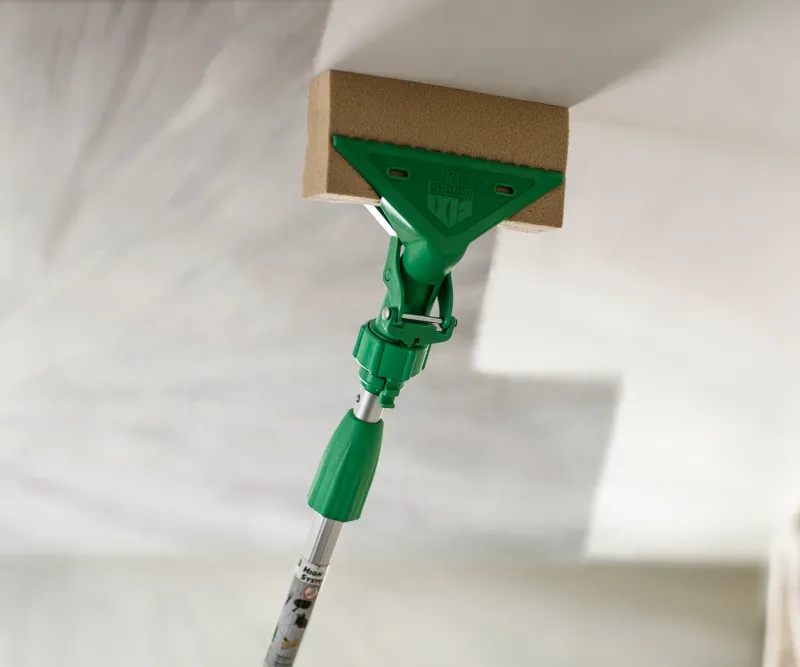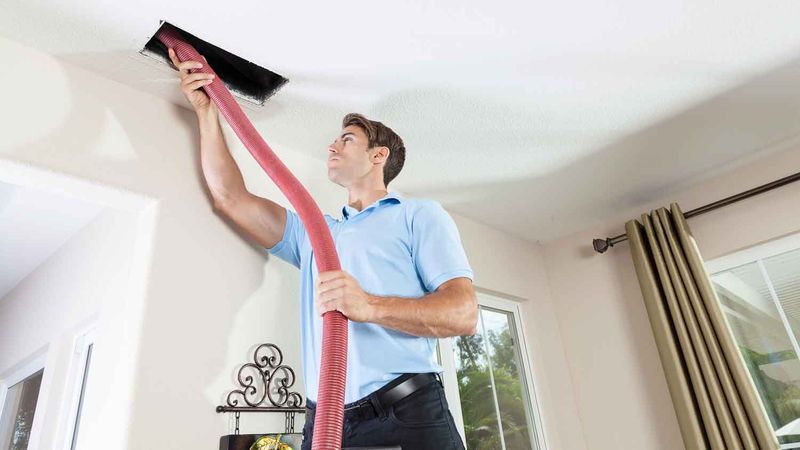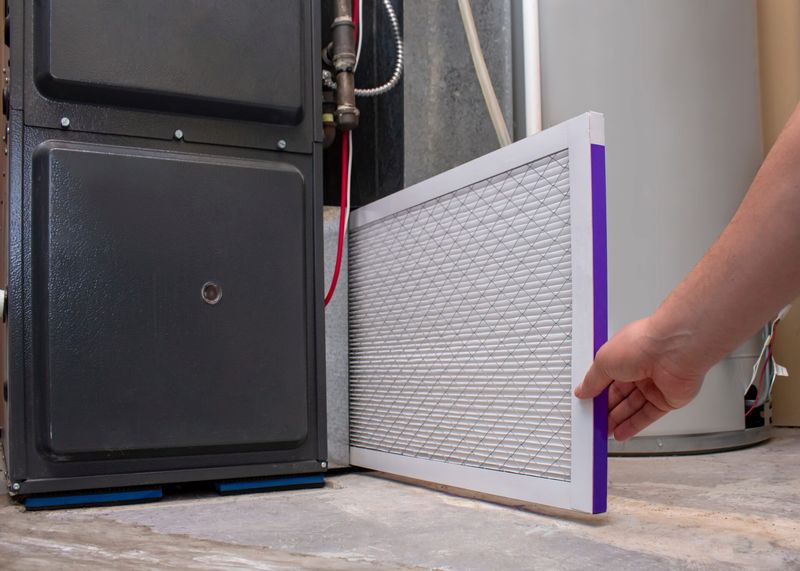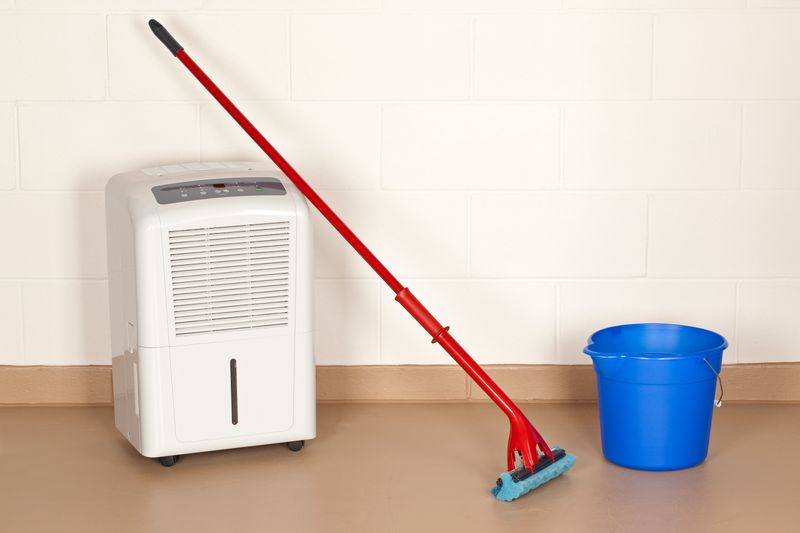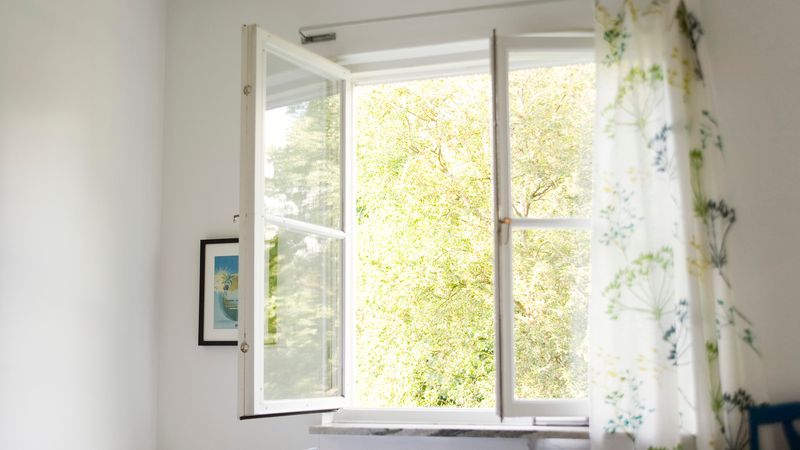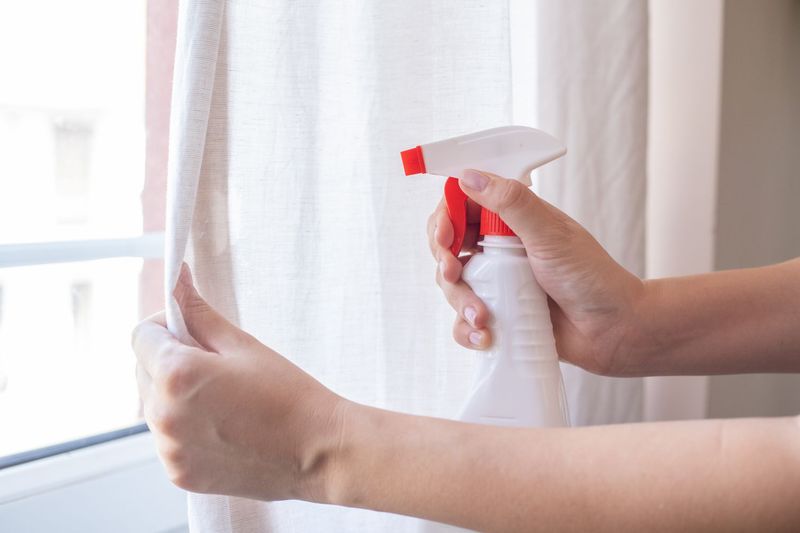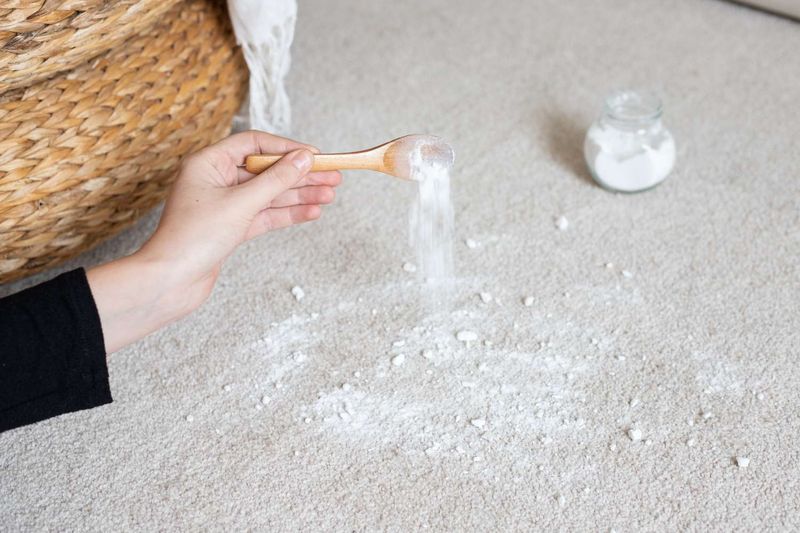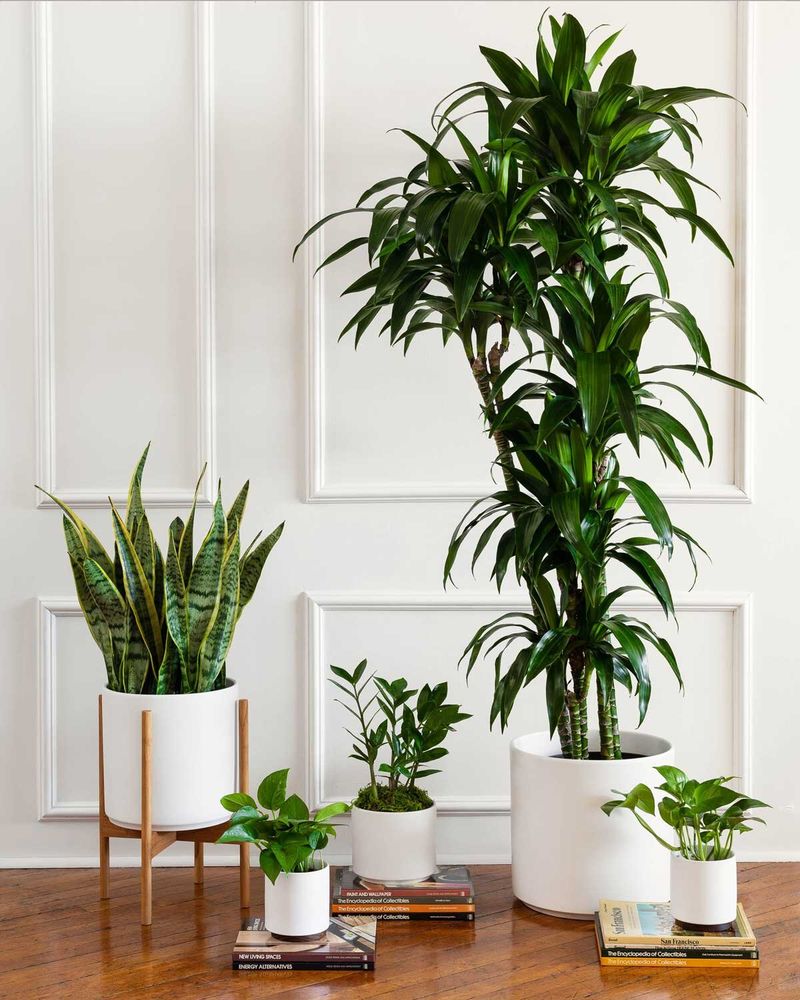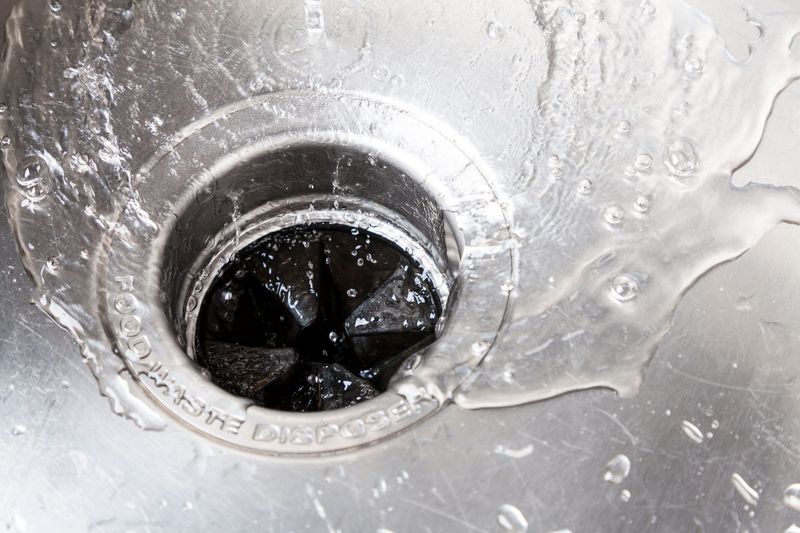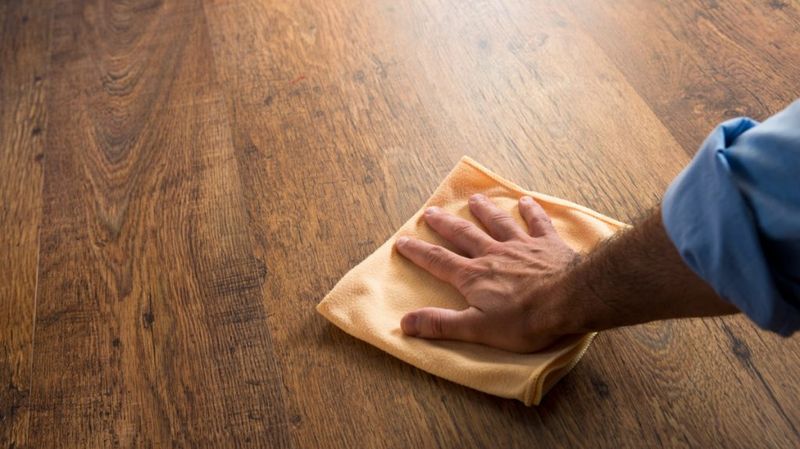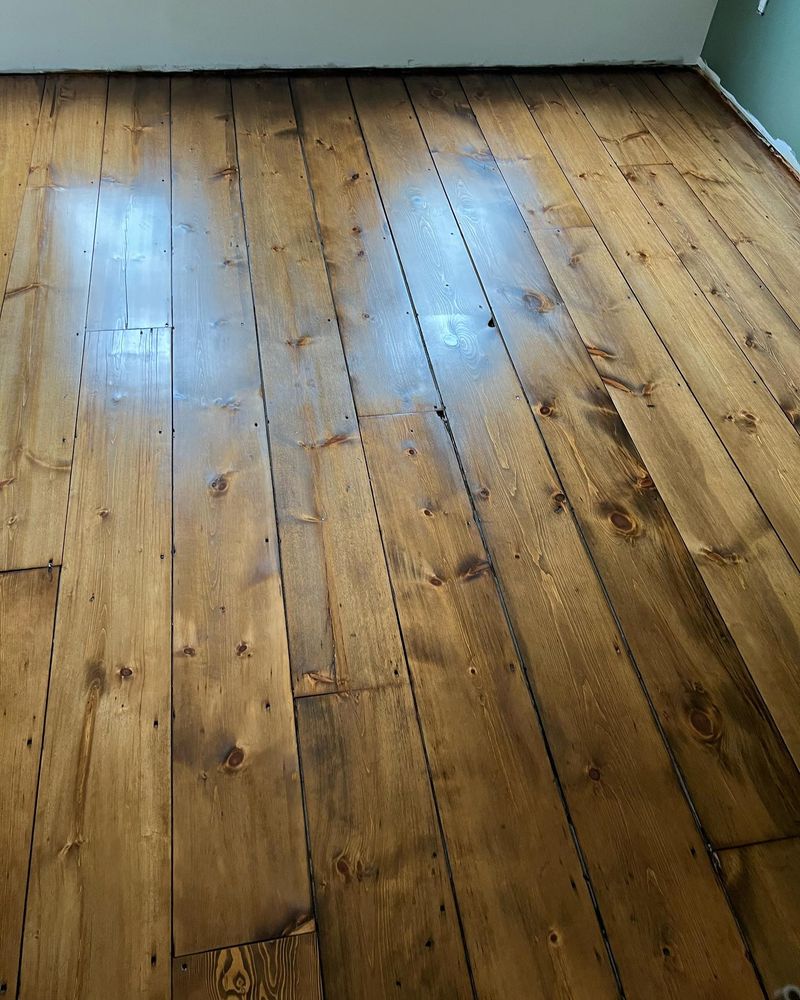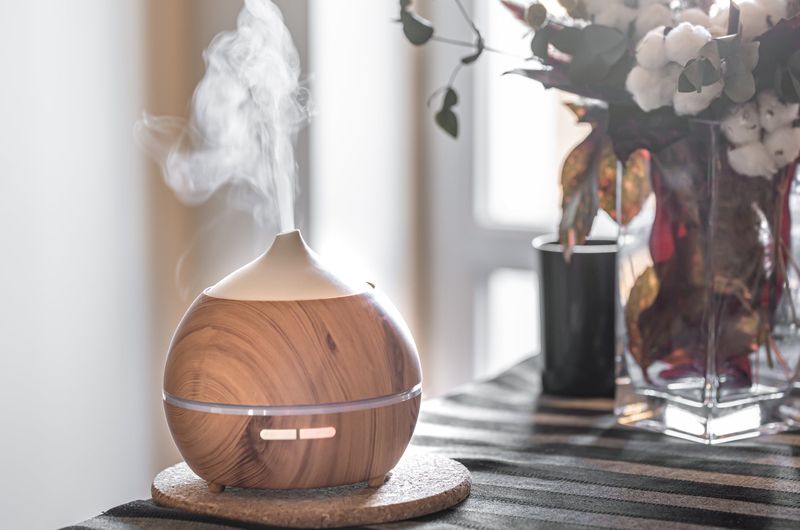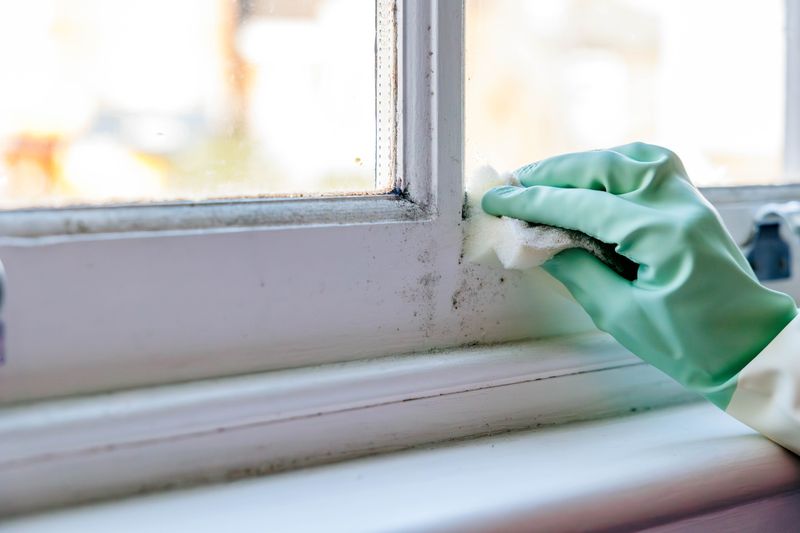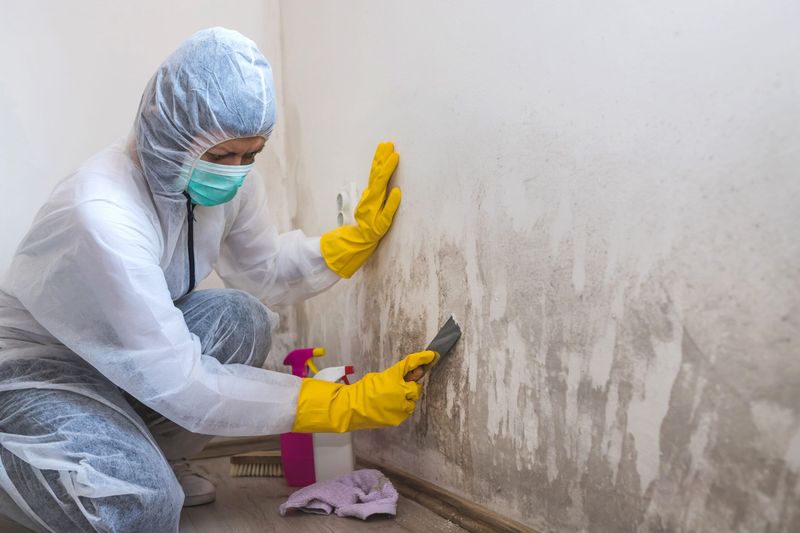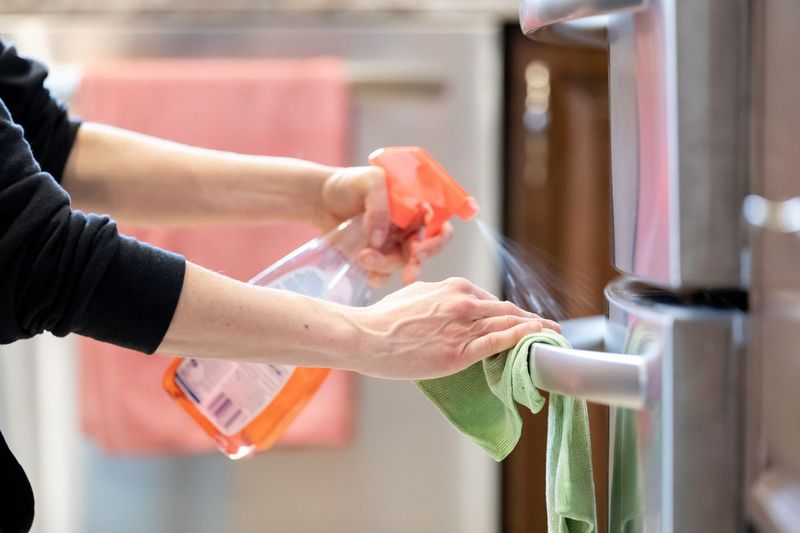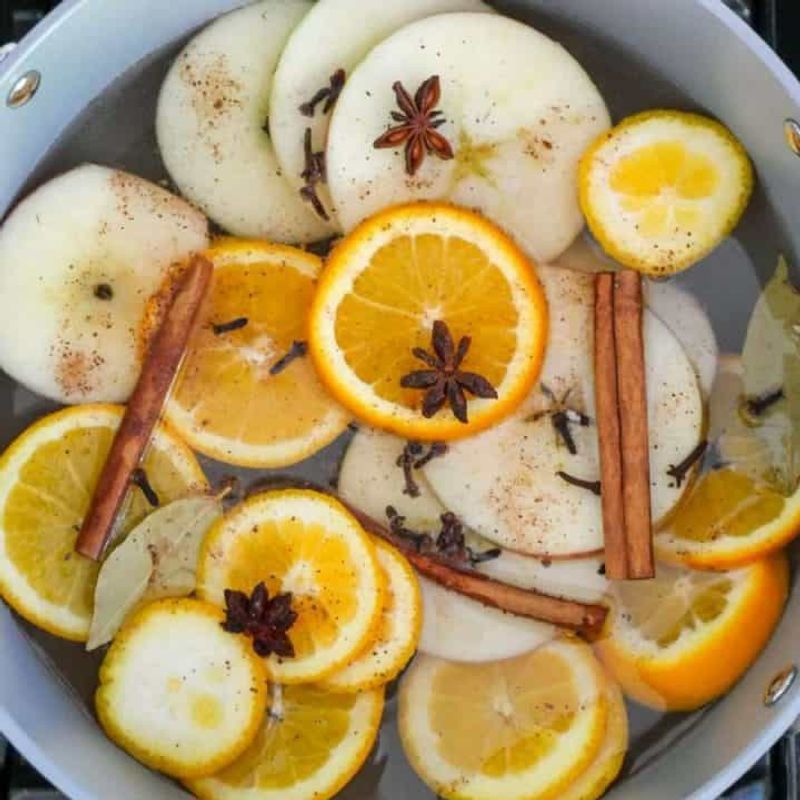That musty, old house smell can make even the most beautiful home feel unwelcoming.
Regardless of if you’ve just moved into a vintage charmer or your long-time residence has developed that telltale aged scent, there are plenty of ways to freshen things up.
Here are 18 effective methods to banish those stale smells and breathe new life into your home.
1. Deep Clean Carpets and Rugs
Over time, your floor coverings become odor magnets, trapping years of dust, pet dander, and spills. Rent a professional-grade steam cleaner for best results.
For antique or delicate rugs, consider professional cleaning services instead of DIY methods. The transformation can be remarkable – many homeowners are shocked by how much fresher their entire house smells after a thorough carpet cleaning.
2. Wash Walls and Ceilings
Believe it or not, your vertical surfaces harbor incredible amounts of odor-causing grime. Mix a gentle solution of warm water with a few drops of dish soap to wipe them down.
Start from the top and work your way down to avoid streaking. Those forgotten surfaces hold cooking residue, smoke particles, and dust that contribute significantly to that stale house smell. Your nose will thank you for this often-overlooked cleaning task.
3. Scrub Baseboards Thoroughly
Running along the bottom of your walls, baseboards collect an astonishing amount of dust and grime. A mixture of vinegar, water and a few drops of essential oil makes an excellent cleaning solution.
Get down on your hands and knees with an old toothbrush for stubborn spots. While tedious, this task delivers surprising results in eliminating that persistent old house smell. The difference is especially noticeable in older homes with ornate moldings that trap dust.
4. Clean Out HVAC System
Your heating and cooling system circulates air throughout your entire home. If it’s filled with dust and debris, it’s essentially a smell-distribution system!
Hire professionals for a thorough duct cleaning every few years. Meanwhile, vacuum vents and returns monthly with your household vacuum’s brush attachment. Many homeowners report immediate improvement in indoor air quality after addressing their HVAC systems.
5. Replace Air Filters Regularly
When was the last time you changed your HVAC filter? Dirty filters not only reduce efficiency but also recirculate stale odors throughout your home.
Mark your calendar to replace basic filters every 1-3 months. Consider upgrading to HEPA or activated carbon filters specifically designed to combat odors. This simple maintenance task makes a huge difference in how fresh your home smells year-round.
6. Deploy a Dehumidifier
Excess moisture creates that distinctive musty smell in older homes. A quality dehumidifier pulls water from the air, creating an environment where odors and mold can’t thrive.
Focus on basements, bathrooms, and other naturally damp areas. Empty the collection tank regularly to prevent stagnant water. Many homeowners are amazed by how much water these machines collect daily, especially in humid climates or older homes with poor ventilation.
7. Air Out Your Home Regularly
Sometimes the simplest solution works wonders! Creating cross-ventilation by opening windows on opposite sides of your home creates a refreshing breeze that carries stale odors away.
Try this for 15-30 minutes daily, weather permitting. Even in winter, a quick air-out can dramatically improve indoor air quality. The natural exchange of air works especially well after cooking, cleaning, or on low-humidity days.
8. Clean Upholstery and Curtains
Fabric surfaces act like sponges for household odors. Rent an upholstery cleaner for sofas and chairs, and launder washable curtains according to their care instructions.
For delicate fabrics, consider professional cleaning services. Don’t forget throw pillows and slipcovers – these smaller items can harbor surprising amounts of odor. Many older homes feature heavy draperies that haven’t been cleaned in decades!
9. Strategic Baking Soda Placement
This pantry staple works wonders beyond just refrigerator odors! Sprinkle baking soda liberally on carpets, let sit overnight, then vacuum thoroughly.
For ongoing odor control, place small open containers in closets and cabinets. The alkaline nature of baking soda neutralizes acidic odors that commonly develop in older homes. As a bonus, it’s incredibly affordable compared to commercial odor eliminators.
10. Introduce Air-Purifying Houseplants
Nature’s air filters can work wonders in older homes! Spider plants, peace lilies, and snake plants naturally absorb airborne toxins while adding vibrant greenery.
Place several throughout your home, especially in areas with poor ventilation. Beyond odor control, plants increase oxygen levels and improve overall air quality. Research by NASA confirms certain houseplants effectively remove common indoor air pollutants.
11. Clean Drains and Garbage Disposals
Lurking beneath your sinks are common culprits for persistent household odors. Pour a mixture of baking soda followed by vinegar down drains, then flush with hot water.
For disposals, grind ice cubes with lemon peels for a quick refresh. These often-forgotten areas can harbor bacteria that create unpleasant smells throughout your home. Regular maintenance prevents buildup that contributes to that distinctive old house smell.
12. Refresh Wood Surfaces
Aged wood develops a distinctive smell that permeates older homes. Create a simple solution of equal parts olive oil and white vinegar to restore and protect wooden furniture and trim.
Apply with a soft cloth, working with the grain. The vinegar neutralizes odors while the oil nourishes dried-out wood. This treatment not only improves smell but also enhances the appearance of vintage wooden elements throughout your home.
13. Seal Old Wood Floors
Unfinished or poorly sealed wooden floors absorb decades of spills, pet accidents, and everyday life. Consider refinishing with modern polyurethane sealants for dramatic odor reduction.
For a less intensive approach, try specialized cleaners designed for hardwood. The difference can be remarkable – many homeowners report that properly sealed floors eliminate up to 50% of old house smell. This investment improves both air quality and the value of your home.
14. Employ Essential Oil Diffusers
Unlike commercial air fresheners filled with chemicals, essential oils offer natural fragrance with actual odor-fighting properties. Citrus oils like lemon and orange contain compounds that neutralize bad smells.
Tea tree and eucalyptus provide antimicrobial benefits. A quality diffuser distributes these oils effectively throughout your space. The molecular structure of certain essential oils actually breaks down odor-causing compounds rather than just masking them.
15. Wash Windows and Sills
Window tracks and sills collect surprising amounts of dirt, dead insects, and moisture – all contributing to that musty smell. Mix equal parts vinegar and water with a drop of dish soap for an effective cleaning solution.
Use an old toothbrush for tracks and crevices. Don’t forget to clean the glass too – spotless windows allow more sunlight in, which naturally inhibits mold and mildew growth. This often-overlooked task makes a noticeable difference in older homes.
16. Conduct a Mold and Mildew Inspection
Sometimes that persistent old house smell indicates a more serious problem lurking behind walls or under floors. Check dark, damp areas like basements, attics, and bathrooms for visible signs of mold growth.
Consider hiring professionals for a thorough inspection if you suspect hidden issues. Even small amounts of mold can create powerful odors and potentially cause health problems. Addressing these underlying issues is essential for truly eliminating old house smell.
17. Clean Behind and Under Appliances
Years of forgotten food particles, dust, and pet hair accumulate in these hidden spaces. Pull refrigerators, stoves, and washers away from walls for a thorough cleaning at least twice yearly.
Use a vacuum attachment for dust bunnies followed by disinfectant for sticky residues. Many homeowners are shocked by what they find! This deep-cleaning task often reveals long-forgotten spills that contribute significantly to persistent kitchen and laundry room odors.
18. Create Natural Air Fresheners
Skip the chemical sprays and make your own refreshing scents! Simmer a pot of water with cinnamon sticks, citrus peels, and cloves for an instantly welcoming aroma.
Alternatively, create pomander balls by studding oranges with whole cloves. These natural methods add pleasant scents without introducing artificial chemicals. Many traditional remedies like these have been used for centuries to freshen homes before commercial products existed.



